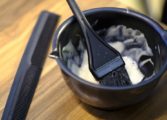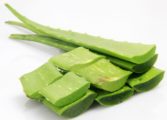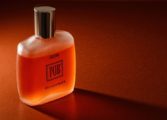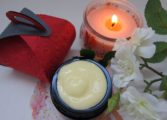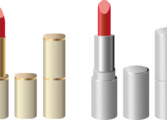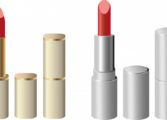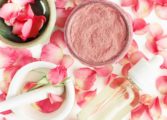Tanning lotion – Achieving the Perfect Sun-Kissed Glow

Introduction:
Tanning lotion is a popular product among beauty and cosmetic enthusiasts who desire a sun-kissed glow all year round. With so many options available in the market, it is important to understand the key aspects of tanning lotions to make an informed choice. In this article, we will delve into the details of tanning lotions, its historical evolution, and provide essential information for those interested in this topic.
What is Tanning Lotion?
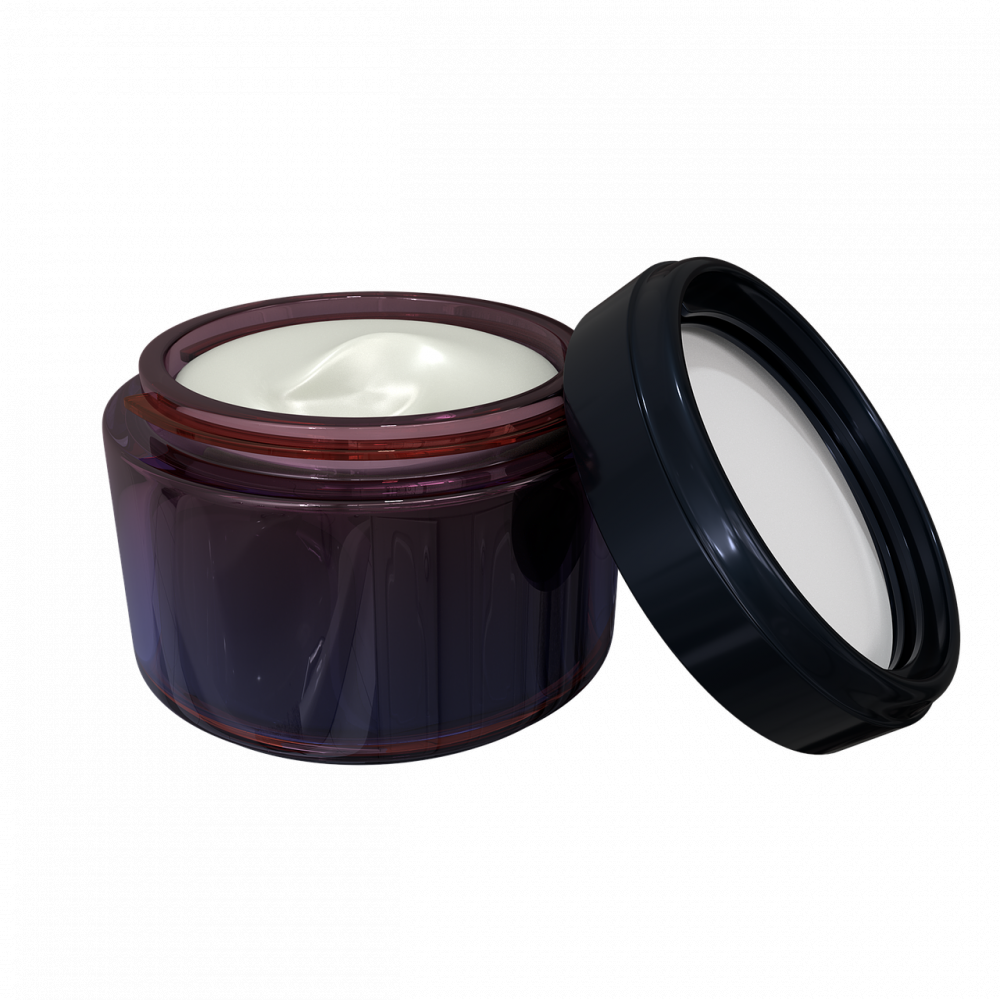
Tanning lotion, also known as sunless tanning lotion or self-tanner, is a cosmetic product that aims to give the skin a tanned appearance without exposure to harmful UV radiation. It contains active ingredients, such as dihydroxyacetone (DHA) or erythrulose, which react with the amino acids on the skin’s surface, resulting in a temporary darkening of the skin. Tanning lotions come in various forms, including creams, lotions, gels, sprays, and mousses, catering to different preferences and skin types.
The Evolution of Tanning Lotions:
The desire for a sun-kissed complexion dates back centuries. In ancient times, people would use natural substances like henna, walnut shells, and even animal fats to darken their skin. This practice continued through the Renaissance period, where fair skin was associated with nobility, and tanned skin represented a lower social class.
The modern tanning lotion industry gained momentum with the discovery of dihydroxyacetone in the 1920s. This ingredient, derived from vegetable sources, revolutionized the concept of sunless tanning. Initial formulations had limitations, such as an unpleasant smell and an uneven tan appearance. However, continual research and advancements in technology have led to significant improvements in tanning lotions over time.
Key Considerations for Choosing a Tanning Lotion:
1. Skin Type: Different tanning lotions are formulated to suit specific skin types. It is essential to identify your skin type and choose a product that complements it. Dry skin may benefit from moisturizing tanning lotions, while oily skin may require oil-free formulations.
2. Color Development: The duration and intensity of tan vary among tanning lotions. Some provide an immediate tan, while others require a few hours for full color development. Consider your preferences and time availability when selecting a product.
3. Application Method: Tanning lotions are available in various forms, each with its own application method. Sprays or mousses may be more convenient for some individuals, while creams or lotions may be preferred by others. Select a formulation that fits your lifestyle and ease of use.
4. Ingredients: Read the ingredient list carefully, checking for any allergies or sensitivities you may have. Look for natural, nourishing ingredients like aloe vera or coconut oil, which can enhance the moisturizing properties of the tanning lotion.
The Dos and Don’ts of Tanning Lotion Application:
– Do exfoliate your skin before applying the tanning lotion to ensure an even and longer-lasting tan.
– Do moisturize dry areas, such as elbows, knees, and ankles, to prevent excessive color accumulation.
– Do wash your hands thoroughly after each application to avoid staining your palms.
– Don’t forget to apply sunscreen in addition to tanning lotion to protect your skin from harmful UV rays.
– Don’t apply tanning lotion on broken or irritated skin, as it may lead to uneven color or irritation.
Conclusion:
Tanning lotion offers a safe and convenient way to achieve a sun-kissed glow, regardless of the season. Understanding the various aspects of tanning lotion, such as its historical evolution, key considerations for selection, and proper application techniques, is crucial for beauty and cosmetic consumers. By following these guidelines and making informed choices, individuals can enjoy a flawless tan without harmful sun exposure. Embrace the radiance of a beautiful tan with the right tanning lotion tailored to your needs.





